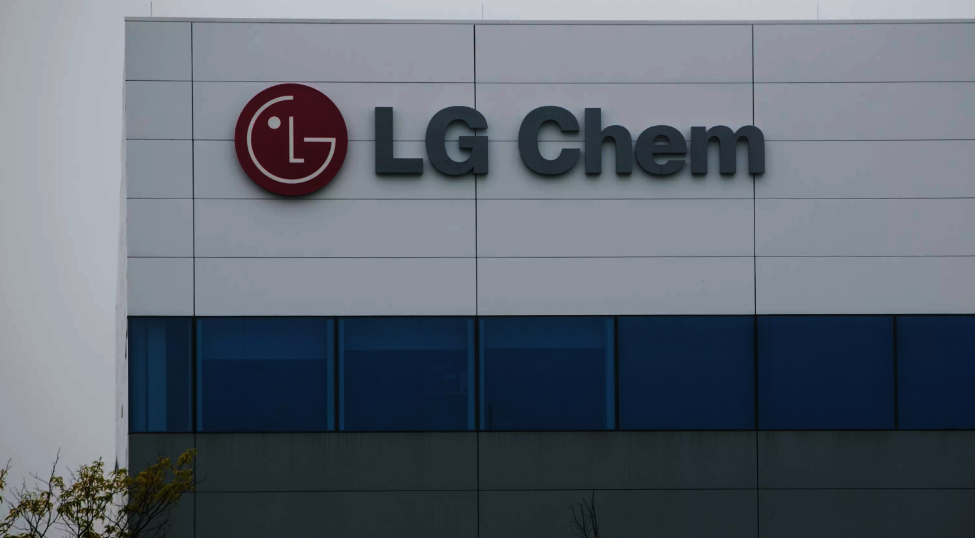LG’s petrochemicals and battery-making subsidiary LG Chem has bought the rights to some interesting patents relating to “soluble OLED displays” from the US chemical manufacturer DuPont.

The patented technologies could soon be put to use by LG as it looks for ways to create superior, longer-lasting and more affordable OLED displays for its premium TVs.
The Korea Herald said LG Chem has acquired 540 patents relating to soluble OLED materials, plus several “key technologies” and assets such as production facilities.
Soluble OLED displays are built using the inkject printing method, which involves placing “solution-type” materials onto the display panels.
That’s in contrast to LG’s current method, the vacuum thermal evaporation technique. With this method, heat and pressure are applied inside a vacuum in order to blend the necessary materials onto the panels.
But the soluble OLED process is said to be more cost-efficient as it minimizes material loss during the production process. These cost benefits could one day be passed on to consumers, resulting in cheaper TVs.
Not only that, but tech journalist John Archer noted in his analysis in Forbes that there are performance benefits too, as the inkjet printing process is believed to maximize colour reproduction. This is extremely important for LG in an age where consumers are increasingly demanding fancy features such as high dynamic range and a wide colour gamut.
However, Archer said that the number of patents DuPont held, and its willingness to sell them, suggests that the inkjet printing process is not an easy one to master. But then again, other companies including JOLED, a joint venture by Japan Display, Panasonic and Sony, and TCL are also pursuing the inkjet printing process method with their own research. This indicates that whatever challenges exist can surely be overcome.
That should be especially true now that LG has got its hands on DuPont’s patents. Their combined expertise should help to accelerate soluble OLED development considerably, so it might not be too long until we see the results, which could well be the most realistic images we’ve ever seen on a TV. At least, that’s what LG seems to believe.
“We will now have the world’s best competitiveness in the field of soluble OLED materials,” said LG Chem’s vice chairman Shin Hak-Cheol in a statement. “With thorough preparation, we will offer the best product.”